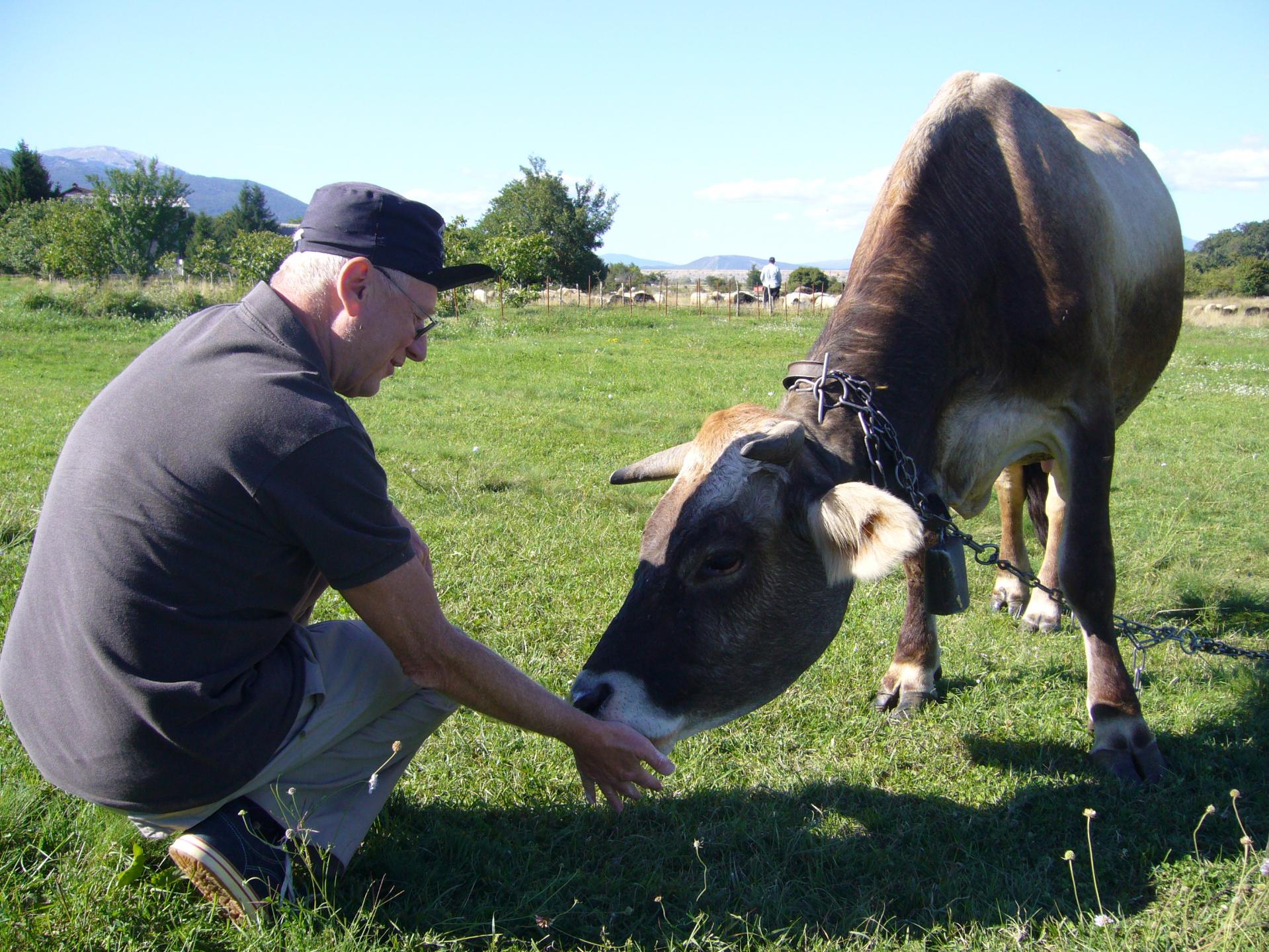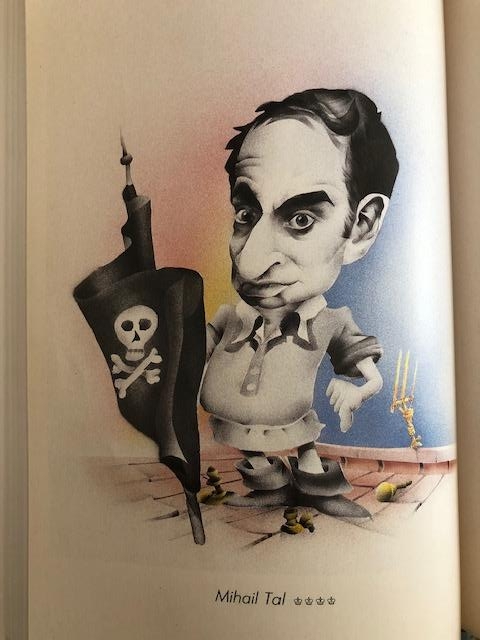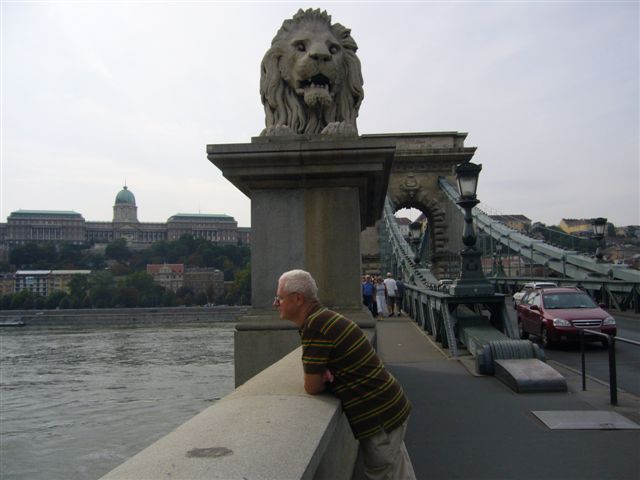Letter to J. H. Ulrichsen: when I was in Norway (1980-1) I saw a 13 year old boy presented as a great hope, his name was S. Agdestein. Now he is an old man (!!) and Carlsen is all that is talked about. A Bob Dylan song says that one has not had time to be born, one is already preparing to die ("not busy being born, he's busy dying"). That's how it is... Well, the "old man" will reach 40 years of age, but in a field that we are told is mainly concerned with sport, he is indeed an old man.
A useful reminder: seven of the ten studies Dvoretzky gives as examples (for the competition for studies "likely to please players" to celebrate his 60th birthday) were presented in St-Lazare, as attentive listeners will be able to testify.
Talking about studies and endgames, do you know the "hollow brick" of the Batave Van Perlo which manages the feat of being the chess book containing the most errors I have read in 40 years, which may seem incredible in the era of Fritz and tablebases? But this brick contains 1105 positions (which I tried to read in full this summer between Slovenia, Croatia, Hungary and keeping the Bosnian cows), some of which, let's face it, were worth digging up.


Two anecdotes relating to Paul Kérès, the unanimously appreciated Chess gentleman, who is not generally expected in the role of a biting commentator. To Pachman telling that his mother, when she taught him Chess, confused the initial location of the Bishop and the Knight, Kérès remarked: "This is something one should keep in mind when studying your books on openings". To Euwe telling that Alekhine took off his jacket after he had sacrificed a Knight, Keres asks, "If you had sacrificed the Queen, do you think he would have taken off his trousers?" Anecdotes (among many others) told last year, by Wolfgang Unzicker, "world champion of amateurs", as Karpov called him, for his 80th birthday party.
After these few summer scents, let's get to work.
What could these three 2# have in common? It's not very difficult. The first 3#, however, took me 30 minutes. That's a lot of time (in the world championship, you have one hour for three). Who can do better? The second one is not easy either. Moreover, it is dedicated to V. Rudenko. So it can't be bad! The first 4# is easier, the mate can be guessed: it's just a question of the floor! The second one reminds me of the great Adolf Anderssen, I wonder why. The helpmate 5# was recently offered at two national solving championships. We preceded it with an easy 2# helpmate so as not to frighten.
Five studies: a joke that confuses the analysis engines (they don't like zugzwang). Then a single pawn supposed to keep two linked pawns at bay. The ending is unexpected, to say the least. Another rescue where the linked pawns have this time the beautiful role, to the point of playing with two less figures. Then a festival of sacrifices by both sides. We finish with an impressive harvest of ZZ ("reciprocal zugzwangs") in Bishop against Rook + pawn. Of course, this last study being a quarter of a century old, all this precision was established with simple brains. A little better trained than ours? But what are you looking for?
 Two world champions at loggerheads, for the game mentioned on 20 May 2003. To give Tal such an activity is to put his head between the jaws of the lion. He will indeed find himself in a winning situation, but an unexploited inaccuracy could have led these two great players into the galaxy of artistic chess, with a trio of corresponding wQ/bQ squares.
Two world champions at loggerheads, for the game mentioned on 20 May 2003. To give Tal such an activity is to put his head between the jaws of the lion. He will indeed find himself in a winning situation, but an unexploited inaccuracy could have led these two great players into the galaxy of artistic chess, with a trio of corresponding wQ/bQ squares.

Have a good meal. See you in a fortnight and may God keep you.
Comments
1 Alain On Wednesday, july 19, 2017